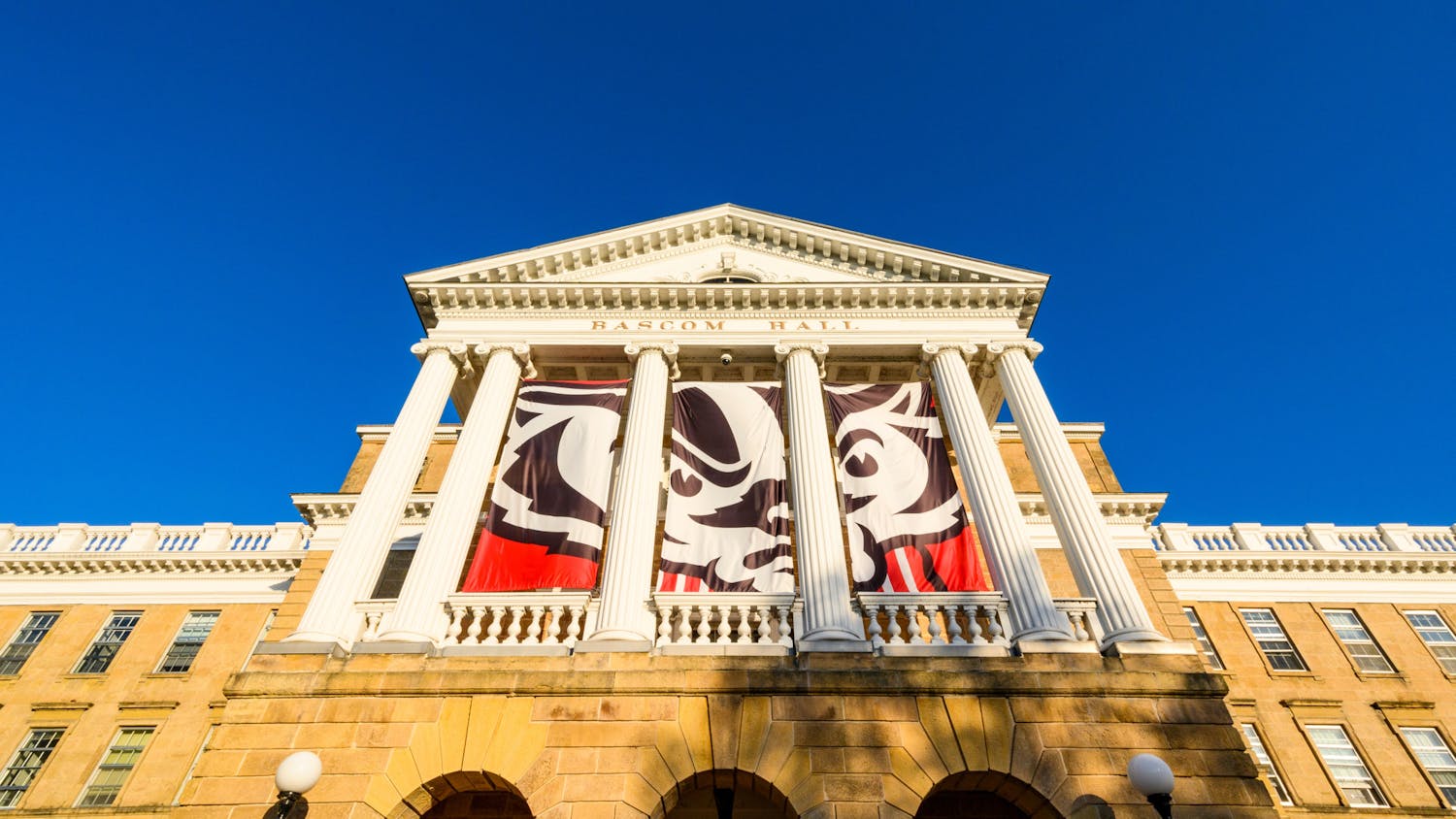There are many downsides of the wide-scale economic recession, and one of them happen to be the increase of the tuition costs in higher education. According to the National Conference of State Legislatures, the national average for tuition at public four-year institutions saw an increase from $3,486 in 1990-’91 to $9,139 in 2014-’15, which is a roughly 161 percent increase, after being adjusted for inflation. In order to continue to offer educational opportunities to increasingly demanding student bodies, one of the common practices some public universities—including UW-Madison—have adopted is a tuition freeze.
By definition, a tuition freeze is a mutual agreement between institutions and their respective states to not raise tuition for a certain period by receiving the increased support from the state. Such practice may serve as a temporary fix for a certain time period but would never become a permanent one that may resolve the institutional cost with long-term affordability plans. And, is the tuition freeze really serving its intended purpose to the fullest?
First, does it provide more affordable education for in-state students? The answer is no. The tuition and fees shown in the website of the Office of the Registrar states the cost of 12-18 credits for a resident in the fall semester of 2014 was $5,205.12 and $5,207.88 in fall of 2015. And this Fall 2016 semester, it has risen back to $5,244.24. The cost for in-state students at UW-Madison continues to rise—$10,930 in 2014, $11,484 in 2015 and $12,066 in 2016.
The tuition freeze policy is not working to combat the rising cost of an education for out-of-state or international students.
Second, does it maintain the number of students and faculty intact with quality education? Even though UW-Madison saw an increase of enrollment from 42,865 to 43,064 from 2014-’15 to 2015-’16, UW-Milwaukee observed a decrease, therefore decreasing the total enrollment head count among the universities from 70,878 to 70,183. There was a general trend of decrease on the enrollment rates throughout the UW System. Also, the tuition freeze on in-state students increased the tuition rates for out-of-state and international students, hampering their ability to apply and attend the university, possibly contributing to the overall decrease in enrollment rates.
The attack on tenured professors and budget cuts have also encouraged many experienced faculty members to move away from the state. The tuition freeze resulted in stagnating revenues in the system, which had to cut spending on research, grants and other administrative expenditures in order to compensate. Therefore, it has not helped to secure the number of students in place, but also discouraged faculty members from staying.
Third, will the UW System in general receive more active funding from the state in the mutual procurement of quality education? According to a June 3 article by the Wisconsin State Journal, Gov. Scott Walker is interested in adopting a performance-based funding increase for the institution. It seems like a powerful incentive by the state to force institutions to become more efficient in educating and shaping young people. However, I predict a problem will be that key criterion focuses too much on the job-placement rate of students.
The governor’s office hinted that the criteria would be similar to the outcome-based funding for technical colleges that ties a growing percentage of their budgets to how well they perform in categories such as graduates’ job placement and the number of degrees colleges award in high-demand fields.
It is good to see an attempt to increase funding to the UW System, however, one key component missing in the plan is the possibility that quite a number of students in the institution are not directly focused on getting immediate jobs after graduation. In contrast to technical colleges, the education at this university is not entirely focused on specific job training. As such, not all students may be interested in pursuing steady employment after graduation, possibly thinking of going to graduate schools or other professional schools to get additional training. Thus, potentially directly focusing the state funding based on student job placements is a rather hasty decision to make, ignoring the meaning of true quality education—students are limited to fields of study they may pursue and may not land a job in fields they’re actually interested in.
If students are forced into fields they may not want to pursue, would it truly benefit society and increase job performance rates? Probably not. In addition, many students understand that because there is an increase in the number of college students seeking jobs, job competition may be fierce, even for those who receive a world-class education.
So simply judging the university’s performance based on job placement is a seriously misleading factor that ignores the nature of the current job market. This suggests that perhaps the state should consider basing its funding to the institution on slightly different criteria than those it places on the technical colleges in order to make education more efficient.
Unfortunately, the intended goals of the tuition freeze at UW System aren’t being achieved. Universities, whether public or private, all serve the same purpose—extending the benefits of education to the largest population possible at the best quality. If the university is not doing its best to achieve that purpose, then some adjustments should be made to ensure a better future.
Hae Rin is a junior majoring in history. Should the state legislature pursue other options to ensure that all students receive the best eduation possible? Send all comments, questions and concerns to opinion@dailycardinal.com.






